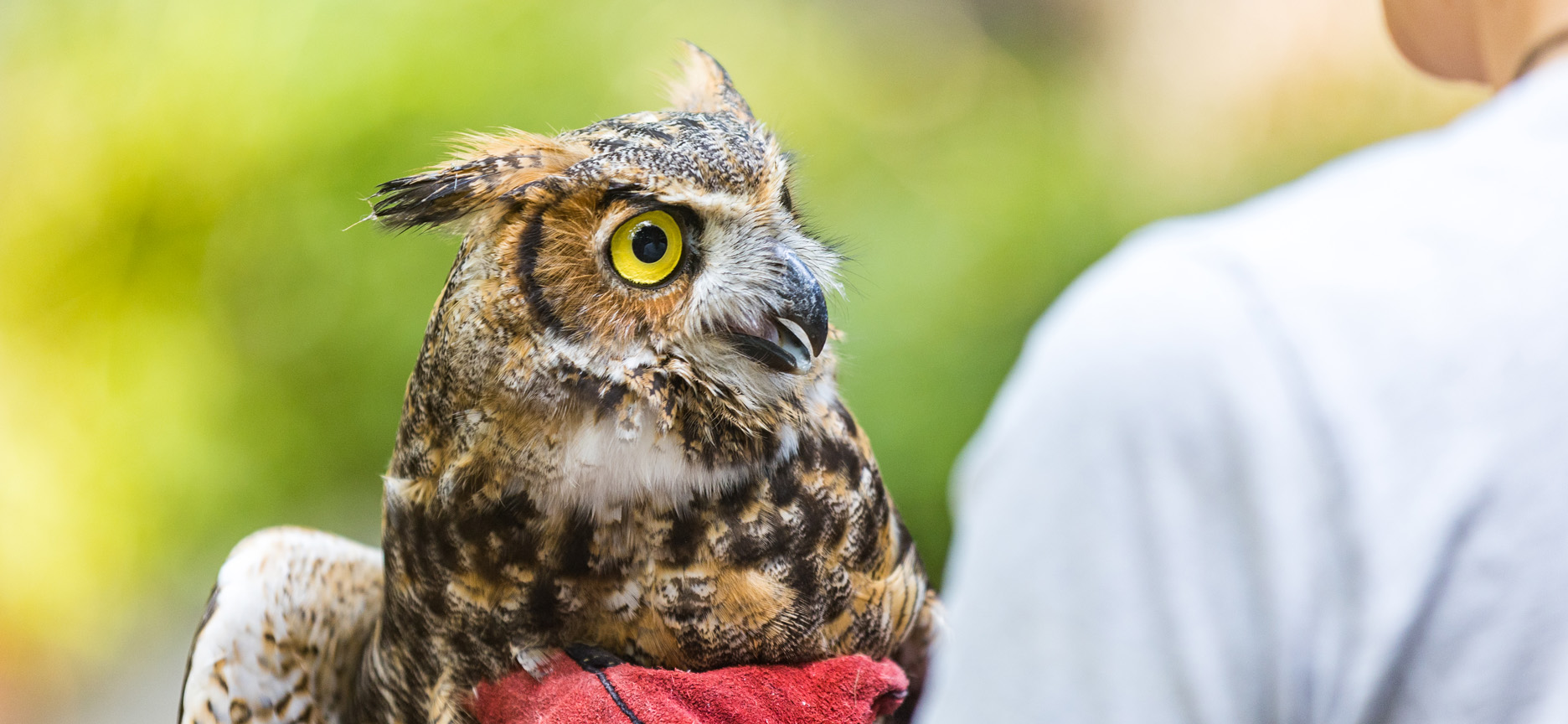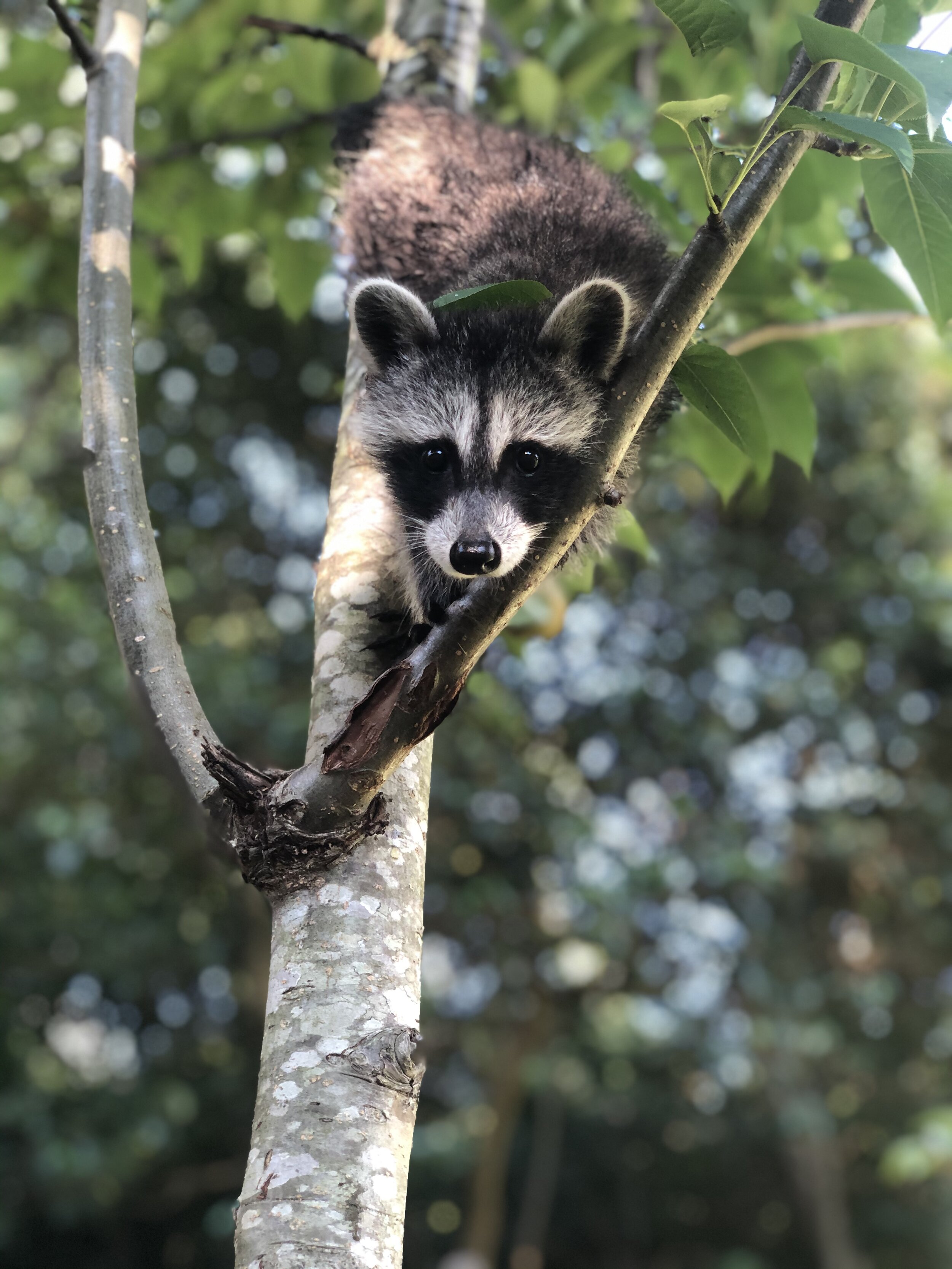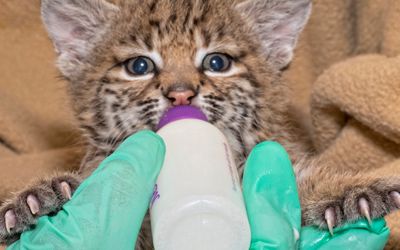Comprehending the Demand for Animal Control Burlington in Urban Environments
Comprehending the Demand for Animal Control Burlington in Urban Environments
Blog Article
Efficient Wildlife Removal Techniques for a Peaceful Home Environment
In the quest of maintaining a calm home, home owners frequently encounter the difficulty of wildlife breaches, which can interrupt the serenity of their setting. Applying reliable wildlife elimination techniques calls for a nuanced understanding of both humane exemption techniques and preventative actions. By resolving access factors and minimizing attractants, one can dramatically diminish the chance of unwanted guests. The intricacy of these strategies typically demands a more detailed exam of particular approaches and the prospective requirement for expert intervention. What are the vital parts of these methods, and when should one consider seeking expert assistance?
Identifying Common Wild Animals Intruders
Determining typical wild animals burglars is an important initial step in efficient wildlife management. Recognizing the certain types that often penetrate business and property spaces allows homeowner and wild animals experts to apply targeted strategies for reducing potential damage and health threats. Usual trespassers commonly include raccoons, squirrels, bats, and various species of birds and rats, each bringing distinct difficulties.
Bats, while valuable for controlling insect populations, can come to be an annoyance when they roost in attic rooms, possibly spreading out conditions such as histoplasmosis. Birds, consisting of pigeons and sparrows, typically produce unhygienic problems with their droppings, leading to structural degradation and wellness problems - animal control Burlington.
Humane Exclusion Techniques
Comprehending the usual wildlife intruders is the structure whereupon effective exemption approaches are constructed. Recognizing types such as birds, squirrels, and raccoons assists in making humane exemption methods tailored to specific actions and entrance techniques. Exclusion is a preventative technique targeted at rejecting wild animals accessibility to homes and residential or commercial properties, thus reducing the need for even more intrusive steps.
The cornerstone of humane exemption involves sealing possible access factors. This includes fixing openings in foundations, roof coverings, and wall surfaces, along with installing chimney caps and air vent covers. For smaller intruders like bats and computer mice, making use of materials such as steel wool and caulk to seal spaces is crucial. Additionally, ensuring that doors and home windows are protected, and that displays are undamaged, can additionally prevent entry.
An additional key technique is using auditory and visual deterrents. Installing ultrasonic devices or motion-activated lights can dissuade nighttime wild animals. Customizing the environment by managing food sources, such as securing garbage can and getting rid of bird feeders, additionally plays an important duty. These exemption methods not only safeguard the home atmosphere yet also respect the wild animals, allowing them to prosper in their all-natural environments without damage.
Safe Capturing Techniques
When exclusion techniques want, secure capturing approaches come to be a necessary choice in wild animals management. Trapping, when executed properly, supplies a humane and efficient ways of resolving an instant wildlife problem while ensuring minimal anxiety and injury to the pet. This strategy needs an understanding of both the habits of the target types and the moral factors to consider associated with wild animals handling.
These traps need to be examined regularly to stop excessive anxiety or injury to the caught wildlife. It is critical to comply with regional policies regarding trapping and moving to make certain compliance with legal requirements and wild animals preservation principles.
Additionally, lure selection and positioning are vital parts in ensuring effective capturing. Lure must be chosen based on the dietary preferences of the target species and tactically positioned to lure the pet right into the trap. Once trapped, the animal needs to be managed with treatment, making use of protective gear if needed, to promote secure transport and release, thus preserving a well balanced ecosystem and a serene home atmosphere.
Preventive Home Modifications
While safe trapping methods resolve prompt wildlife problems, lasting solutions usually involve preventative home alterations to discourage pets from getting in human spaces. Carrying out these alterations not just boosts the safety and comfort of your living atmosphere yet also minimizes the probability of future wild animals intrusions.
A crucial facet of preventative approaches is sealing possible access points. This includes inspecting and repairing any type of voids or fractures in the foundation, walls, and roofing, as these can end up being accessibility paths for wildlife. Installing chimney caps and fixing busted vents can avoid birds, bats, and rats from obtaining entrance. In a similar way, securing doors and windows with climate removing and mesh screens includes an extra layer of security.
Landscape design adjustments can likewise act as reliable deterrents. Trimming tree branches that overhang the roof and removing debris piles can get rid of paths and habitats that draw in wildlife. Preserving a tidy lawn by safeguarding trash containers and garden compost heaps discourages scavengers such as opossums and raccoons.

When to Call Experts,##.
Professional intervention comes to be important in situations where wild animals concerns surpass click site the range of Do it yourself solutions. Property owners might come across conditions where the intricacy or risk of the wildlife issue requires specialist expertise.
Additionally, problems involving protected or endangered varieties call for a nuanced method to abide by lawful laws. Specialists are equipped with the needed licenses and comprehend the legal structures regulating the handling of such varieties. This guarantees that removal is performed morally and within legal boundaries.

Finally, when wild animals presents a persistent trouble regardless of duplicated DIY efforts, specialist services can offer extensive inspection and long-lasting solutions tailored to stop reappearance - wildlife rescue burlington. Their know-how not only fixes the immediate concern but additionally safeguards the home atmosphere in the future
Final Thought
Carrying out reliable wildlife elimination methods is crucial for preserving a relaxed home environment. Determining typical wild animals trespassers and utilizing gentle exemption methods are fundamental steps. Safe capturing techniques guarantee the humane capture of consistent animals, while preventative home adjustments, such as sealing entry points and safeguarding garbage containers, lower future intrusions. Consulting professionals is advisable for complex situations that call for proficiency. With each other, these techniques develop a harmonious click this space without wildlife disturbances.

These exemption methods not just safeguard the home environment yet additionally value the wildlife, enabling them to grow in their all-natural environments without harm.
Implementing reliable wild animals removal approaches is important for preserving a serene home setting.
Report this page